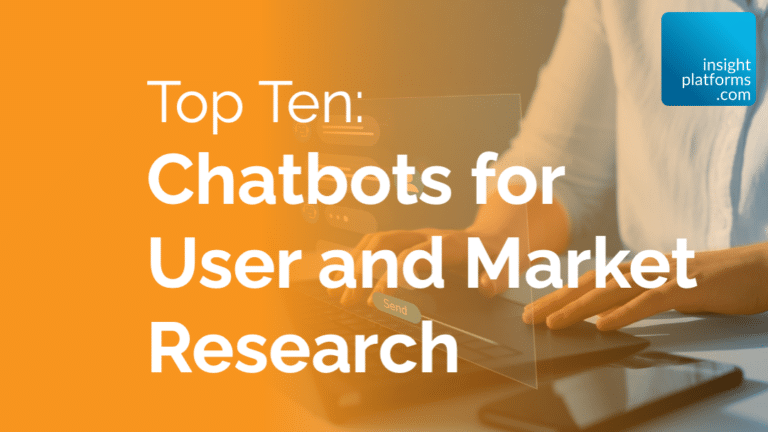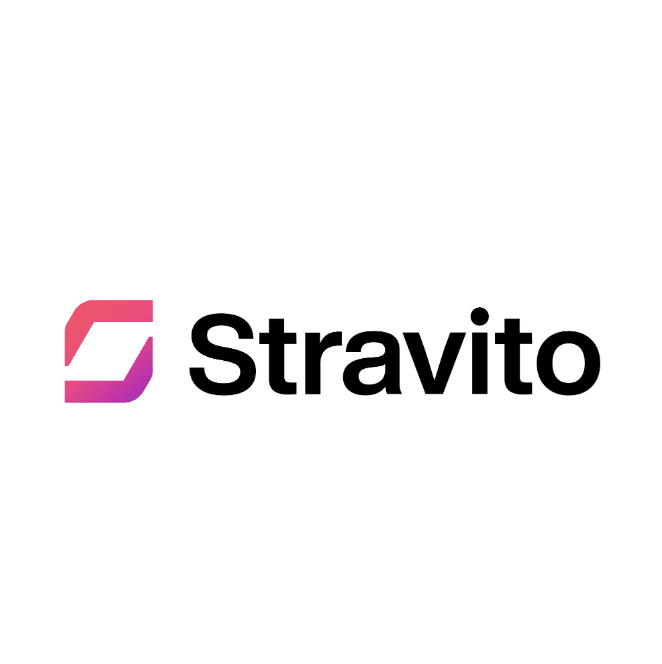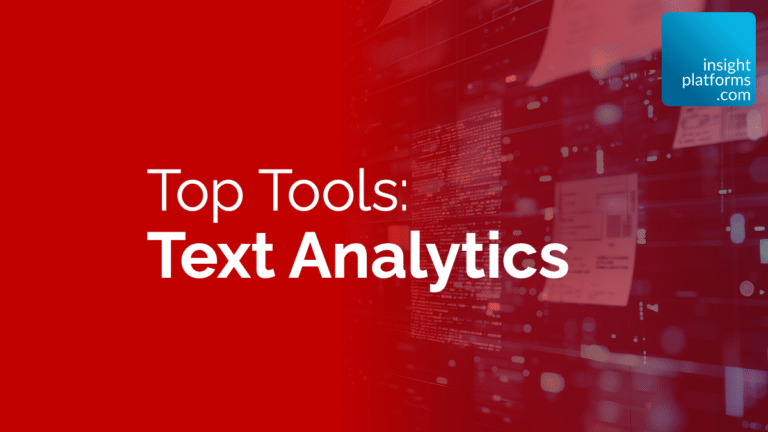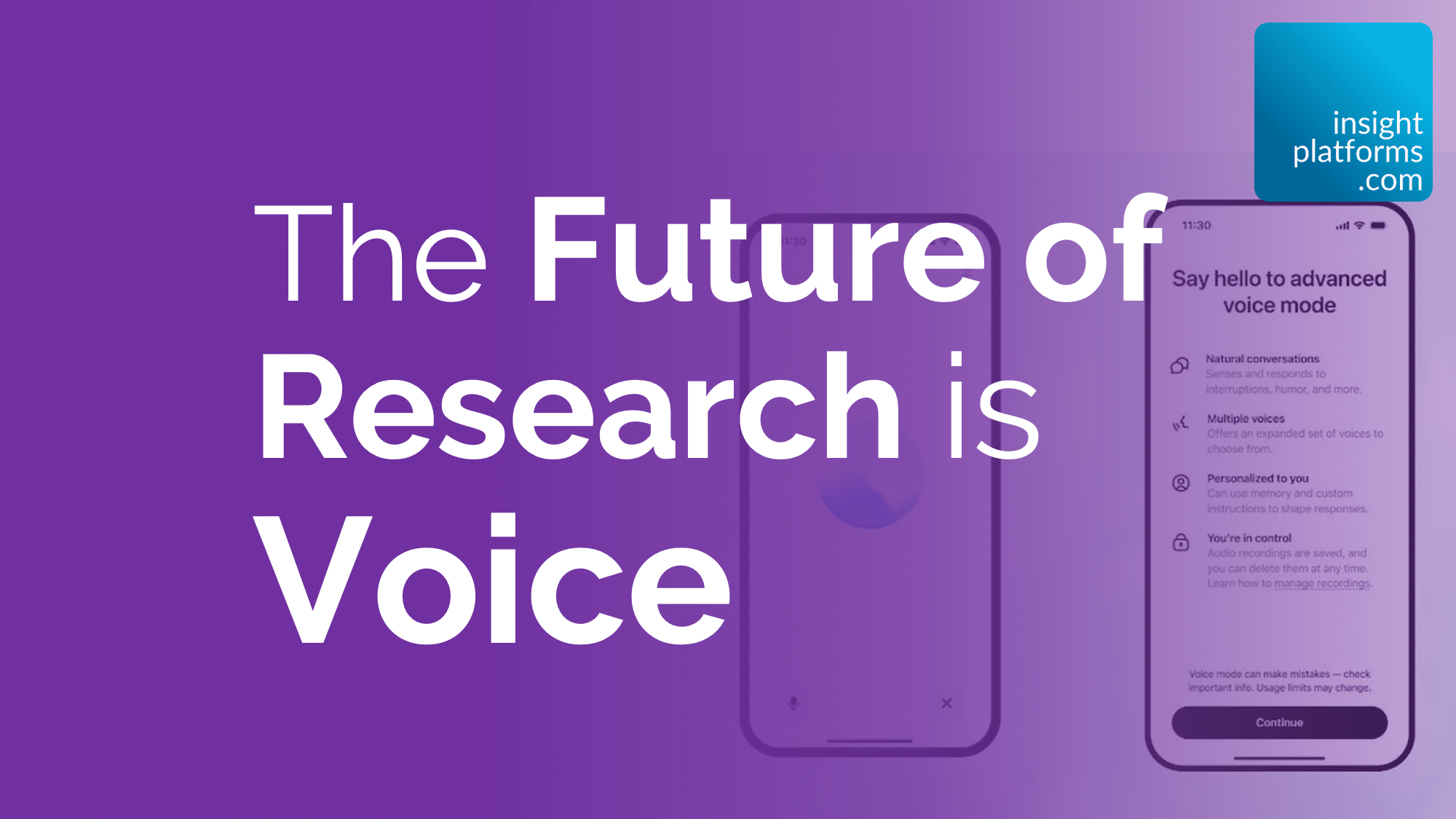
The Future of Research is Voice
By Insight Platforms
- article
- Voice Analytics
- Voice Research
- Artificial Intelligence
- Generative AI
- AI Interviews
- AI Moderation
- Knowledge Management
- Insight Activation
See the latest thinking in reporting and analytics for research at this free virtual event:
The Analytics & Reporting Summit
Old School Voice Research
I started my research career as a temporary telephone interviewer in the mid 90s.
It was obscure stuff – niche B2B / industrial topics – and the discussions were very flexible: somewhere between a structured survey and a depth interview. These conversations yielded vastly more data and richness than you typically get from open-ended answers in today’s online surveys.
But I’m convinced that we’re heading back there: to a resurgence of voice as a primary mechanic for data collection. This time, powered by advanced AI capabilities.
Before I dig into the specific implications for research, here’s some context for why I think voice is going to be the next big thing (again).
Speaking
Speaking is three times faster, at least, than typing. I’m gradually shifting the way I work away from the keyboard and back to my mouth.
This article began as a spoken draft. I used my iPhone to record a stream of consciousness, transcribed the MP3 and then tidied the copy into the version you’re reading now.
I often stop in the middle of a run to record thoughts using the Voice Memos app on my Apple Watch – to be transcribed later.
And I’ve started exploring Wispr Flow, a kind of voice agent that integrates with other Mac applications and can implement actions (’write this Slack message to Norbert: …’)
It’s not just me.
As LLMs and other AI capabilities continue to improve, speaking is becoming a much more widely used interface for computing.
Listening
I’m a big radio / audiobook / podcast consumer. Audio is a great way for me to learn.
Recently I’ve been using the Eleven Labs Reader app with the cloned voice of Laurence Olivier. He reads articles I add from URLs or upload as PDFs. It’s incredible how much drama the voice of a long-dead actor can inject into even the dullest of topics.
I’m experimenting with audio clones of my own voice in English and other languages – so more people can access Insight Platforms content around the world.
And Google’s Notebook LM converts written content into a highly realistic-sounding podcast discussions.
Half a billion people already listen to podcasts regularly. The number of people consuming all forms of audio content will increase considerably as AI helps make more of it available.
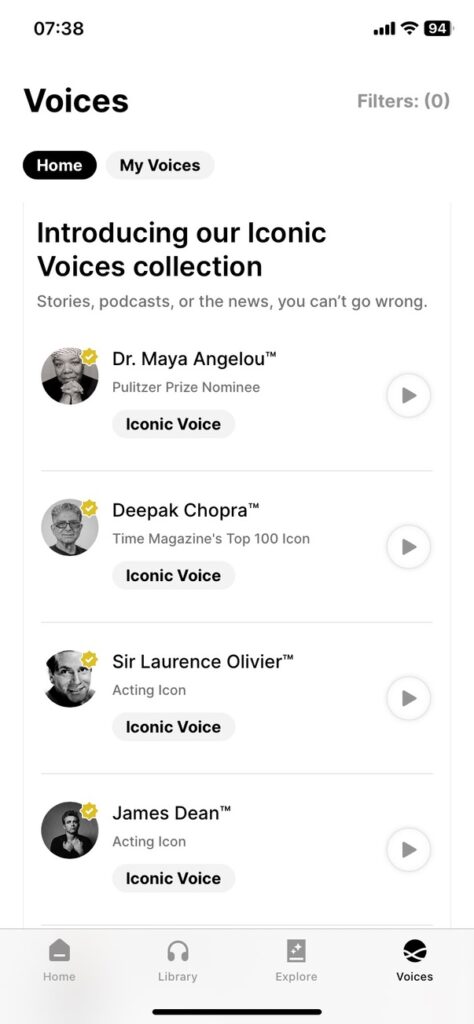
Combining Speaking and Listening
When we bring these two things together, we start to get into voice-to-voice applications.
If you haven’t yet used ChatGPT’s Advanced Voice mode – as of writing it’s only available in North America and the UK – it is phenomenal. It’s difficult to convey how transformational this will be. There is no lag in the conversation; you have as natural an interaction as you would with a human; and it can do very capable language-to-language interpretation in real-time.

OpenAI just announced that they’re making these new voice tools available to developers, so we can expect to see a lot of new apps that are built around this capability.
What Does This Mean for Research and Insights?
In 2024, the fastest growing category in the Insight Platforms directory has been Conversational AI: AI interviews, AI open-end probing for surveys, even AI moderated usability testing.
Check out the AI Tools Landscape and this article with profiles of a handful chatbot platforms like inca, Yasna, Tellet, BoltChat AI and others.
AI Tools for Research & Insights: Market Landscape
The Top 10 Chatbots for User and Market Research
Until now, these solutions have mostly offered text-to-text conversations, with some providing voice-to-text: the research participant’s voice feedback is transcribed, and the AI bot responds using text.
Now, with the advent of OpenAI’s Advanced Voice mode – and surely others – we’re going to see real-time voice-to-voice in AI moderated research interactions.
This will feel increasingly natural, immersive and empathetic for respondents; and it has far reaching use cases and implications.
Practical Applications
Here are five use cases for real time voice AI in research; there will be many more.
Better Surveys
Many conversational AI tools are described as “qualitative research at scale” – but I expect voice to have a far greater impact on survey research: hundreds or thousands of simultaneous ‘conversations’ that are less rigid, more interactive and generate more considered feedback. Surveys that are freed from the tyranny of boxes, grids and legacy formats.
Virtual Personas
Voice agents will be imbued with personality: characters who can build connection and generate better empathy with participants. People are already building strong emotional (and weird and NSFW) bonds with chatbots like Replika and Character.ai. These new voice tools will help to create much more engaging interviewer bots.
Conversations with Data
‘Talk to Data’ solutions with text chat interfaces solutions are becoming more widespread; you can see examples from Sago, Focaldata, Glimpse and others a the Analytics & Reporting Summit:
The Analytics & Reporting Summit
The inevitable next step if for these interactions to be voice-based: genuinely ‘chatting’ with data.
For desk research and knowledge management access – solutions like Market Logic DeepSights and Stravito Assistant – having real-time conversations will data will transform how existing research and insights flow through organisations.
DeepSights™ Assistant
Infinite Experts
Influencers, Celebs and Thought Leaders are already creating AI clones of themselves – trained on their podcasts, books, conversations and other content. See this virtual version of Reid Hoffman, Co-Founder of LinkedIn:
Now, imagine creating an AI persona based on an expert in your own agency or department – a virtual Rory Sutherland, say, or Mark Ritson – with their knowledge and opinions cloned together with their voice.
You could interact in real time with these personas in a very lifelike way. This doesn’t need to be restricted to the most famous people in the industry; it will be easily within reach for any anyone with a body of work, expertise and status.
Seeing and Speaking
Finally, consider the idea of combining voice and vision models.
OpenAI’s GPT-4 vision model combines with real-time voice-to-voice in the advanced voice mode – the beginnings of a fully rounded ‘world model’ that can understand a much wider variety of inputs:
We can expect these ‘voice plus’ AI models to lead to new types of hardware – and to enrich the sort of research captured today with smartphone apps like Indeemo, Field Notes, Ethos, Forsta Diaries and others.
This really does bring us into Her territory for research.
Implications
Research as Entertainment
Online surveys have given us terrible respondent experiences – and degraded data quality as a result. Voice AI has the potential to make ‘surveys’ much more enjoyable for participants. In fact, bots with personality, humour, empathy and entertaining voices may even make for research conversations that feel like a worthwhile way to spend time.
We might have to understand and mitigate for a new form of research bias – excessive engagement from people who seek out connections with empathetic research bots. Imagine that.
Better Analytics
The volume of data will explode. We’re going to need much better ways to synthesise, analyse, and understand all this content. Companies with deep capabilities in language analytics can expect to be in high demand:
The Top Tools for Text Analytics
Further Democratisation
Real-time voice will make it much easier for anyone to interact with data and insights – whatever their skill level – anywhere in the organisation.
By making it simple to ask questions in natural language – and receive intelligent, spoken answers back – these AI voice solutions will further empower users and accelerate the reinvention of in-house research & insights teams.
Final Thought
You might think that research participants will be uncomfortable speaking out loud with a bot. Or that your colleagues be reluctant to have back and forth conversations with a knowledge management platform.
But it’s surprising how suddenly behaviours can adapt to new technologies. In the 90s, if we saw someone talking loudly while walking alone in the street, we assumed they were suffering from poor mental health. Then along came hands-free kits for mobile phones. Now, we all do it.
We’re on the brink of massive change in the way we collect, process and analyse feedback for research and insights. Conversational AI with real time voice is a game-changing innovation.



